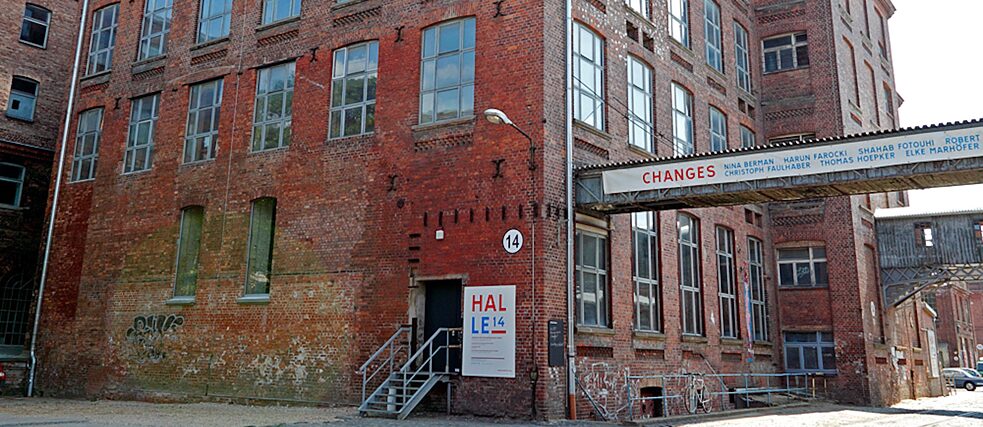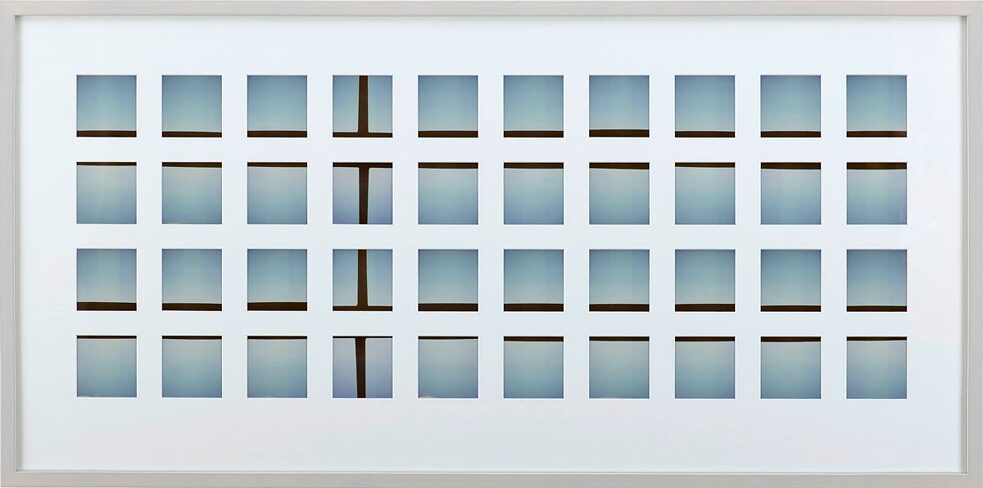Edgar Leciejewski’s bildarchive
Of Windows and Frames I

“I inscribe a quadrangle of right angles, which is considered to be an open window through which I see what I want to paint.” This is how Italian Renaissance artist Leon Battista Alberti famously recorded the first rules for depicting perspective in 1435. Six hundred years later, these still hold true (and are still challenged) as in the work of Leipzig photographer Edgar Leciejewski and many other artists across the genres.
By Jutta Brendemuhl
Martin Scorsese circles the windows in his office, playing with their electronic shade controls as he screens Hitchcock’s prison drama The Wrong Man. In his recent quarantine short film, Scorsese oscillates between the anxiety of restricted access to the outside world and a paradoxical sense of locked-room freedom, as the filmmaker (just like Hitchcock and Henry Fonda 50 years before him) ponders how it feels when “you’re just with yourself” in your workspace.
So is Edgar Leciejewski in his studio at Spinnerei Leipzig, where the photographer keeps producing work that offers itself up, right in front of him. Close to home and personal but at the same time relatable and accessible, wide open to interpretation, gently guided by impeccable verticals and horizontals in his window view. As a series, his Polaroids come together like puzzle pieces that reveal a larger picture, introducing diagonals that suddenly connect into an intricate pattern in motion, making your eyes jump up a “ladder” or slide down a “snake” like on a game board.
The attraction of windows as an organizing principle has a long (art) history, with French inventor Joseph Nicéphore Niépce’s1827 “View from the Window at Le Gras” considered to be the first known photographic example. “Many photographers have been drawn to the window as a compelling source of inspiration,” asserts Getty Museum curator Karen Hellman in her seminal book Photography at the Window: “At the window was where photography began. The first photographs had to be taken out of or near a window—the light source—in order for an exposure to be made. But the window is also linked in a more symbolic way to the mechanics of photography: it is the ‘opening,’ or the ‘viewfinder’ through which images are seen and recorded in the camera… As such, a photograph of a window is a representation of how the camera sees, a ‘view of a view’.” It is no accident that Bill Gates called his most omnipotent software product Windows, amid the digital delimitation of the graphic space.
The modern master of manipulating perspective, Alfred Hitchcock, reveled in the artistic opportunities of windows as viewfinders. In his 1954 thriller “Rear Window,” James Stewart is a photographer (!), due to a broken leg stuck looking out of his apartment window into his neighbors’ windows. The film is a masterpiece of fixed-frame voyeurism, with characters and viewers having to fill in the information gaps. Just like the viewer can fill Edgar Leciejewski’s sky views with their own dreams and wishes. Like Scorsese, “you’re just with yourself.”
To be continued next time with some thoughts on window views by Czech photographer Josef Sudek, German Romantic painter Caspar David Friedrich and in recent Instagram art.
